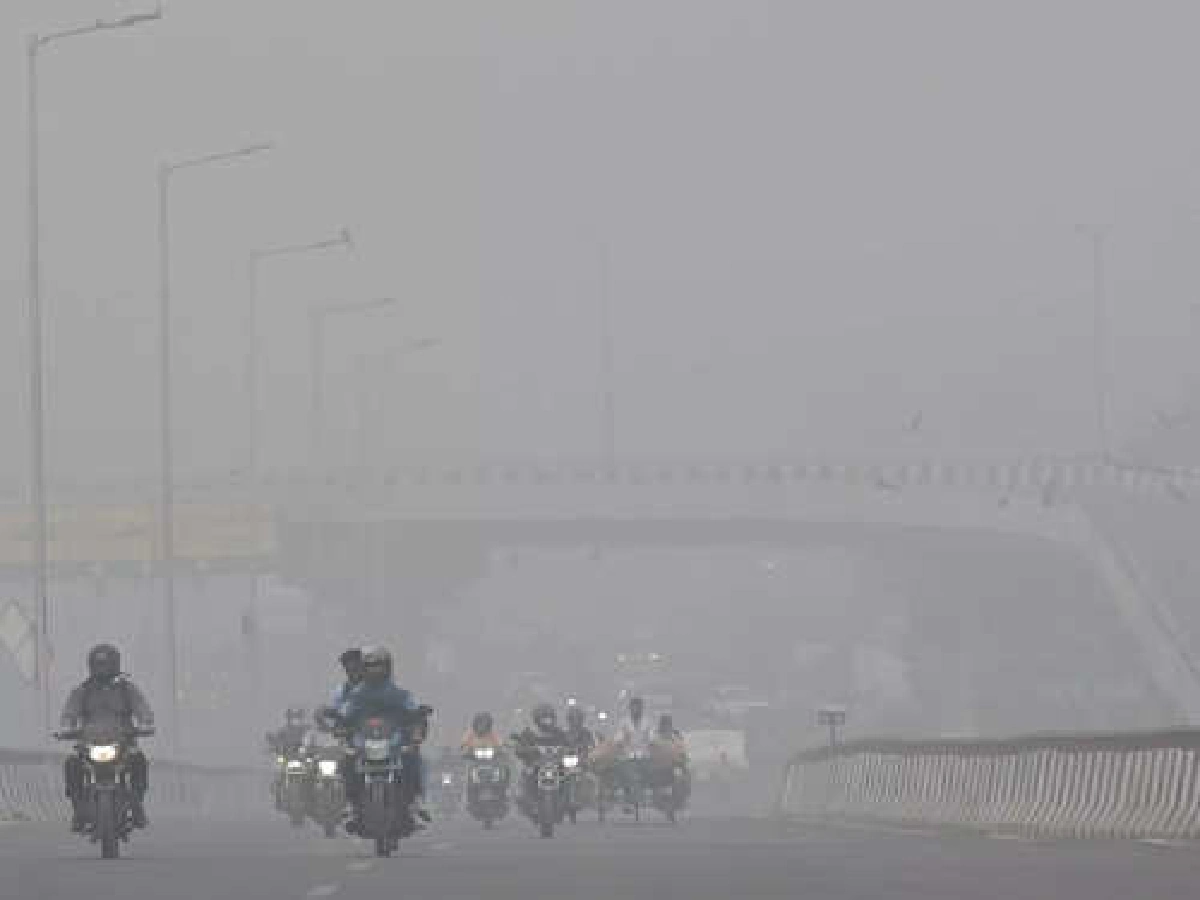Delhi’s poor air quality caused its first severe smog incident of the season on Wednesday morning, reducing visibility in numerous areas and necessitating several flight diversions. The average air quality in the capital remained in the ‘ very poor’ category, with the Air Quality Index (AQI) at 370 as of 10 a.m.
In its extended-range forecast, the Indian Institute of Tropical Meteorology (IITM) predicts that climatic conditions will continue to be exceedingly unfavorable for pollutant dispersal. As the visibility level at Delhi’s Indira Gandhi International Airport plummeted to 50 meters at 9.30 a.m., seven flights were diverted—six to Jaipur and one to Lucknow. The Delhi International Airport Limited announced on X that low visibility procedures have been implemented at the Indira Gandhi International Airport.
Safdarjung Airport recorded a poor visibility of 200m at 5.30 am, and Palam Airport recorded the lowest visibility of 0m at 8.30 am on Wednesday, according to the India Meteorological Department (IMD). According to IMD, the most contaminated region was Aya Nagar (AQI 428), followed by Anand Vihar station (413 AQI), both in the severe category.
According to the IMD, dense to extremely dense fog will dominate throughout the capital and northwest area on Wednesday. From Friday (November 15) to November 19, it is expected to have moderate fog or smog in the morning and smog or mist in the evening.
The IMD classifies fog as shallow when visibility is between 500 and 1000 meters, and moderate when visibility is up to 200 meters. ‘Dense’ fog is recorded when visibility is reported up to 50 m, while even lower visibility levels indicate ‘ very dense’ fog. Surface-level westerlies are expected to bring dense fog and cloud cover over northwest India, according to IMD officials.
They added a new western disturbance is expected to hit the Western Himalayan region on Thursday. The meteorological phenomena, which refers to storms that originate in the Mediterranean Sea, sends moisture-bearing winds to Northwest India and is fueled by Westerlies.
“The weather in Delhi has altered drastically, with fog intensifying in the morning. With fog or smog covering the day for an extended period, a lack of sunlight may result in a drop in maximum temperature, according to R K Jenamani, an IMD scientist.
The minimum temperature on Wednesday was 17 degrees Celsius, which is still 3.5 degrees above the season’s average. However, it was lower than the previous day’s minimum temperature of 17.9 degrees.

